You are here
Chances are, if you’re an avid outdoorsperson today, when you think back on your childhood there are rose-colored memories of time spent splashing in streams, climbing trees, and running breathless with skinned knees down dusty trails. Those carefree moments of freedom out in all kinds of weather are likely what drive us to continue our explorations today.
Childhood today looks a good deal different than it did 30 years ago. The explosion of technology has made it easier than ever to be glued to a screen from breakfast to bedtime. The number of hours children of all ages spend on screens has been rising steadily too. There’s fierce debate on the effect of those hours, and parents on either side of the divide have good reasons. Children today are also more likely to be scheduled into daily enrichment activities before or after school, nibbling away at time for free play, exploration, and even boredom.
Unfortunately, there is a disquieting side-effect of all that electronic time that gets less attention. Children’s connection to nature grows weaker the less time spent immersed in it. In a world of full of environmental challenges that are only going to grow more intense before they get better, we have a responsibility to raise our kids into adults who love deeply and want to protect the natural world. Easier said than done though, right?
It starts at an early age. Here are some tips.
Exploring the outdoors with your little one is a chance to show them new worlds. Walden Ponds Wildlife Habitat. Tyson Gillard.
Lightning Bugs and Books
You don’t have to wait for them to be able to carry their own gear to get them dirty and exploring (though that’s sure a nice perk later on). For your youngest kids, trips to the city park, tummy time in the backyard, bug jars, and rock collections can bring outsized joy to little hands.
Ask your librarian to help you find children’s books about nature to read aloud. Look for books that show different environments around the world and talk about them! Nature literacy has been on a steady decline for decades. Many children can name a dozen tech apps and yet struggle to list even a handful of local trees or plants. Kids’ field guides can help change that!
Birdwatching at Beaver Creek State Natural Area. Vanessa Ball.
Find Your Local Adventure Hotspots
As your kids get older, it gets easier to tackle the bigger adventures. Giving children time to unplug and, god forbid, be bored, is a key part of helping them begin to take notice of the natural world around them. Even an overnight camping trip can be an escape to the wild with the right mindset. Leave the electronics at home, grab some paper and pencils to draw and write with, and don’t forget the hot cocoa.
The kids run a little freer outdoors, jumping from rocks, hunting salamanders, and staying up late to stargaze. The quiet contemplative moments of early morning breakfast prep, and late night fireside comfortable silences are the glue that holds these memories together. It can be hard, but try to resist over-scheduling trips full of must-see places. Let the pace relax a bit, and your family will find its own groove.
Seeing the world through your child's eye can recreate the experience for you, too. Beaver Creek State Natural Area. Vanessa Ball.
Guided Trips for Young Adults
Opportunities for even larger adventure start appearing for kids as they reach their middle school and high school years. Outward Bound adventures, school-led camping trips, and guided outings designed just for youth are growing in number and popularity. Perhaps on one of those trips your child will discover a love and curiosity about ants, or catch their first fish on a fly rod. Maybe they see their first large predator in the wild! Those memories will give shape to their own rose-colored childhood, and might even inspire a career path or lifelong passion.
Meeting the locals on a foray with the family. Kristi Parsons.
Obstacles to Overcome
It’s important to recognize that there can be cultural and financial roadblocks to getting children outdoors. Not every family has ready access to a reliable vehicle. Perhaps work is demanding and eats up too much time for that road trip or wilderness experience. Parents may have no personal experiences in the wild to guide them, if their own childhood had few excursions into nature. Purchasing even basic gear to stay comfortable and safe can be a significant barrier as well for many families. And certainly not every family can afford the costs of guided trips.
There are some workarounds for this, however. It just takes a bit more creativity:
- More cities like Seattle and Portland are beginning to support public transit options to local trailheads.
- Online groups make it easier than ever to find families with similar interests for carpooling and friendship.
- Visit city and state parks, which should never be discounted for their ability to inspire awe and wonder. Just because it isn’t a flashy destination does not mean you and your family can’t find fantastic opportunities to explore and get dirty in nature.
- More companies are beginning to see the value of supporting used gear sales.
- Scholarships are often available for the more expensive group trips offered for kids.
No matter where you go, curious minds will make it fun and imaginative. Elkmont Campground. Kristi Parsons.
Bring Friends!
Families that do make frequent forays into the wild can also serve as ambassadors for less experienced friends to the trails. Grab the new kid from class to join your family on your next outing. Invite their parents to tag along!
Finding easily accessible and doable “first trips” is a good rule of thumb when taking newer junior adventurers out for the first time. At garage sales and gear swaps, it's easy to pick up a few extra gear items like inexpensive used daypacks, raincoats, and water bottles to have on hand for friends you bring along. When kids (and their grownups) are warm, dry, and comfortable, it makes for a much more enjoyable experience.
Better to go while you can than overplan. Cades Cove Loop. Kristi Parsons.
When in Doubt, Just Go
We don’t all have to be park rangers or scientists to know and appreciate the beauty of our natural world. We do need to experience it to understand why protecting it is so critical to our future.
Giving children the opportunity to run with sticks and experience the familiarity and sense of belonging to something larger that comes with visiting the wild—these are the kinds of sensory experience kids crave without even knowing it.
We owe it to them to disconnect them from the electronics, and get them out the door. The wild is waiting.


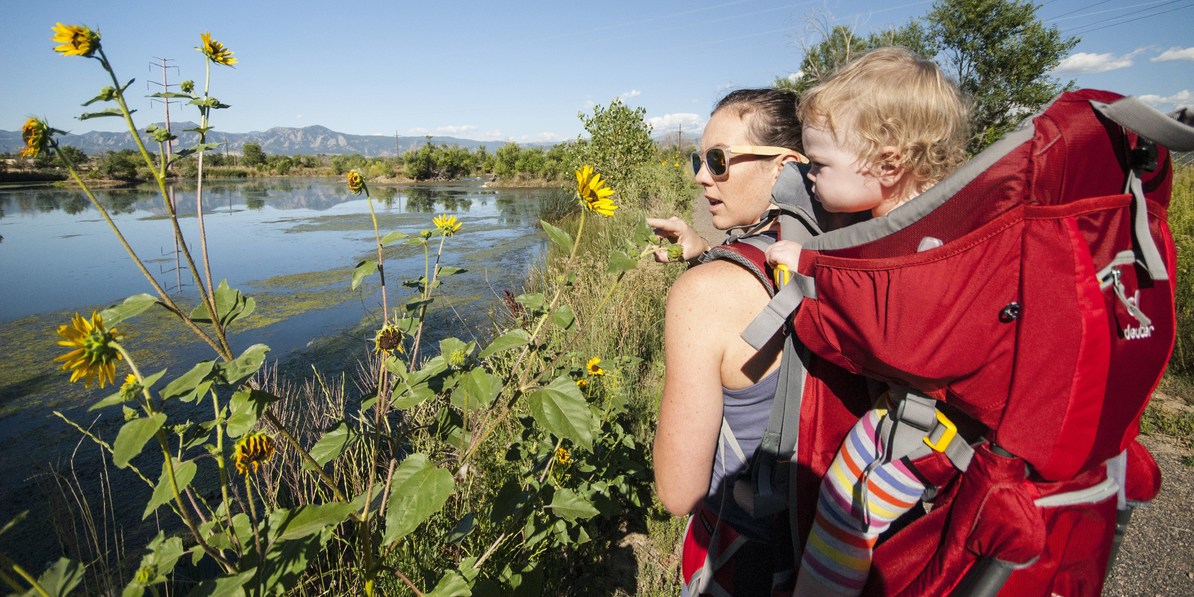
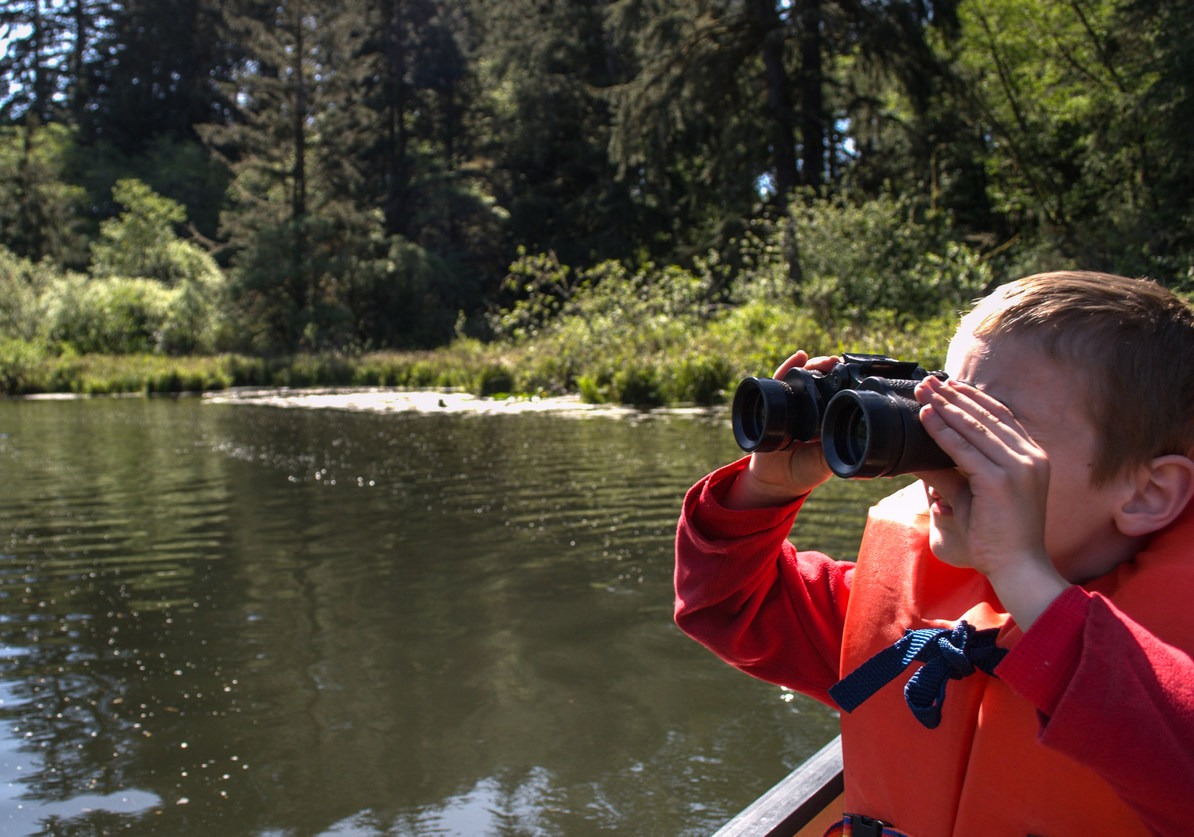
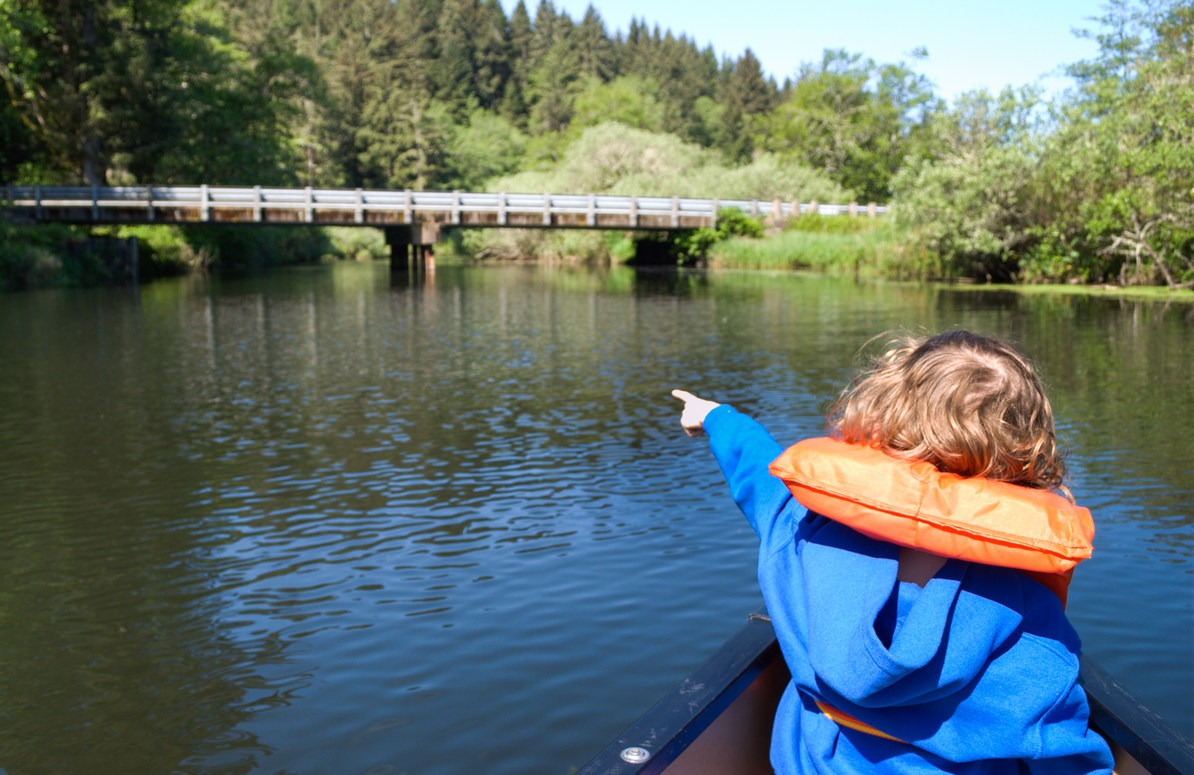
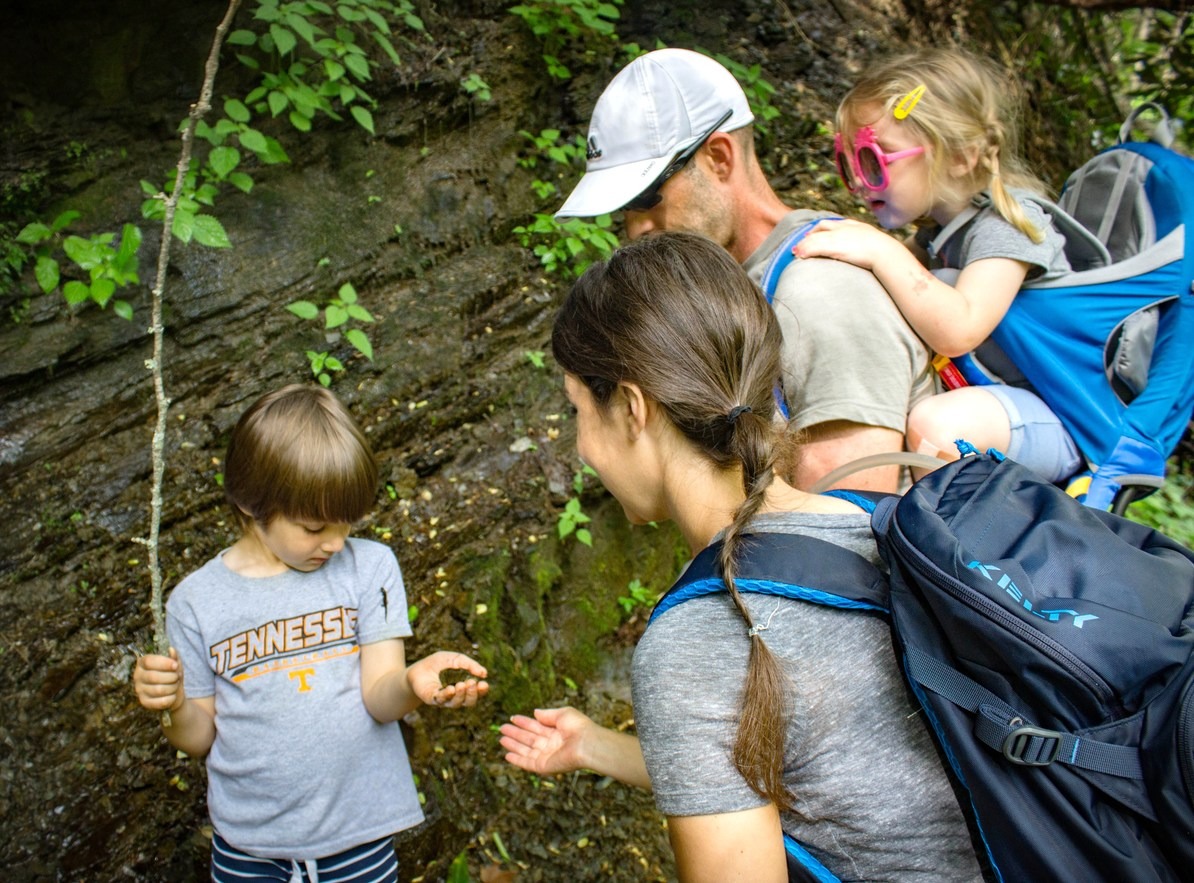
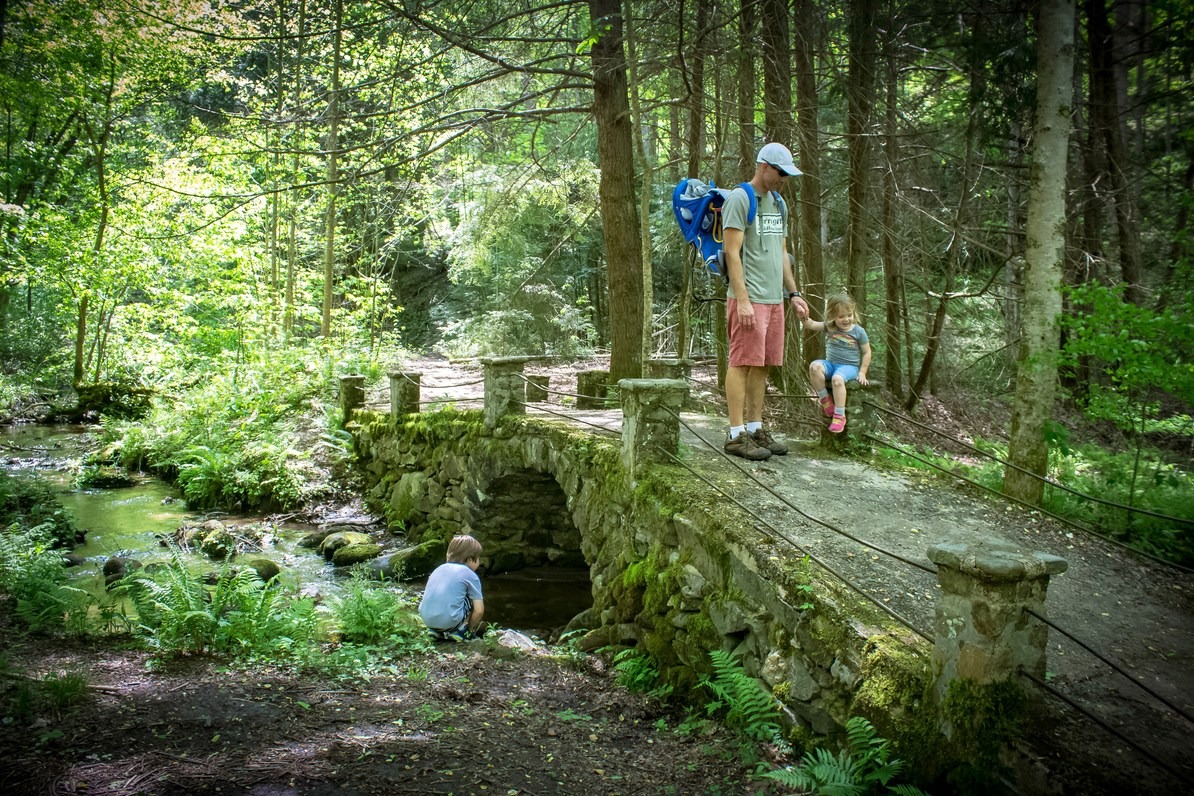
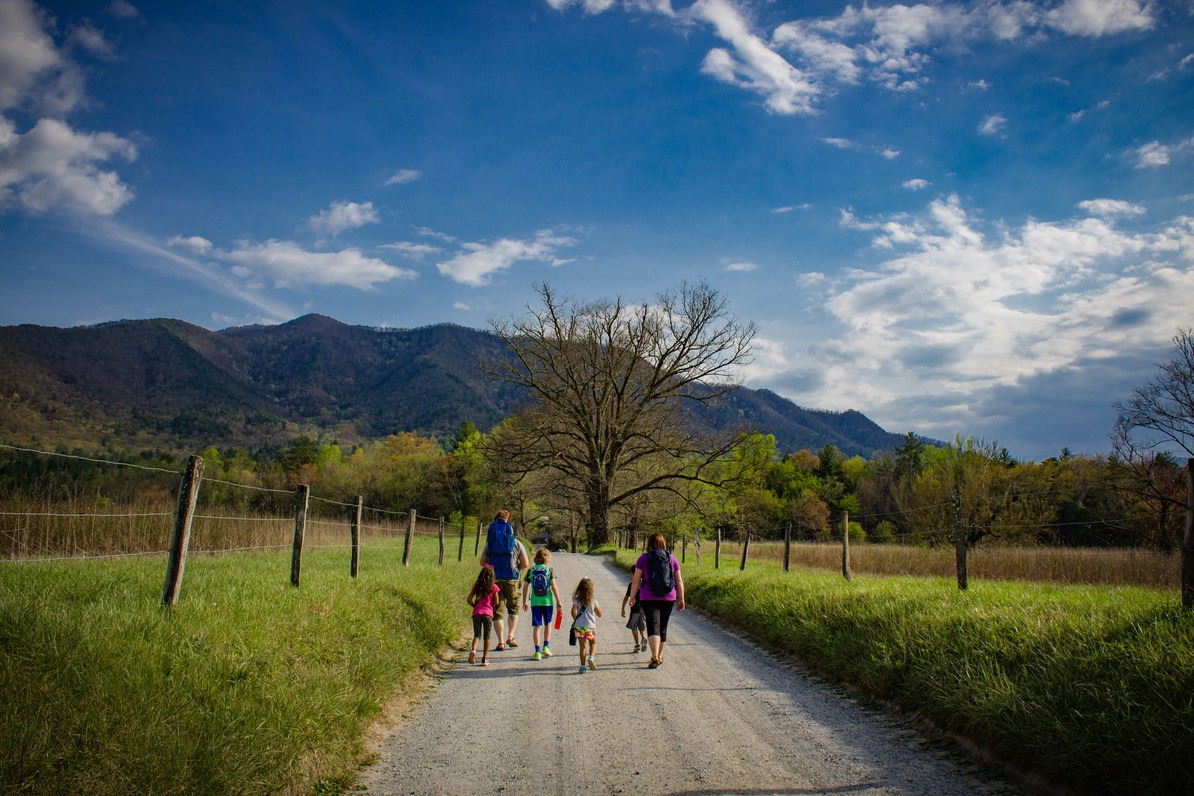



Comments
Sign In and share them.